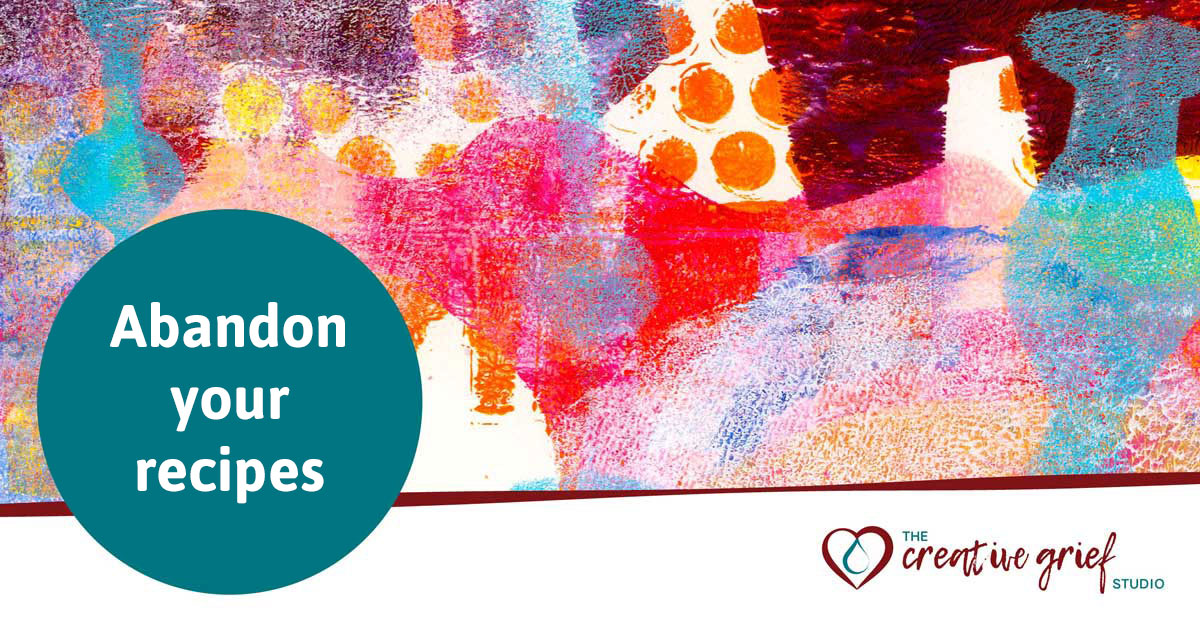The one right way?
As practitioners, we ourselves have felt these influences on our own experiences of grieving and on our practice approaches. You’re probably familiar both with the initial hope that there might be a simple “recipe” for grieving and grief support, and then with the social confusion and even conflict that often arises when grievers face societal ideas about what that “right way to grieve” looks like, and find that it’s not resonant with them. And it’s our guess that you’ve found your way to our community and to reading this because your own personal and professional experience has shown you that many of the historical models of grieving are too reductionist and may even add to griever’s pain through their prescriptive ideas about what grief looks like and how to grieve “the right way.”
If we instead creatively approach grief support by helping clients to craft their own responses, and to make their own meanings, what could break open and become possible for us all?
A more creative way forward
Invite your clients to think of a time when they felt hampered or limited by what woulda/coulda/shoulda might have dictated to them about their experience. Invite them to think of this time as a scene in a play. Ask them to rewrite the script. Or get on stage with all the set pieces and actors and make new images and stories for how things move across the stage. Do they want to change the background or change the costumes the actors are wearing? What if they allow themselves to re-make the limitations or the woulda/coulda/shoulda’s into something else? What happens? What do they learn from this alternative staging? What surprises them? How might they take this editing ability forward with them into new experiences? Is there anyone in the audience who is not surprised at all to see how well they do at playing with this scene? Who supports their editing skills?
Invite your clients into creating their own meanings and ways of living after loss, rather than trying to fit them into pre-existing grief models and prescriptions. Not only will then find the process more resonant, more spirited, and more supportive, but we suspect you, as a Grief Support Practitioner will find yourself experiencing more inspiration, life, joy, and assuredness as you do this important work.
After taking this course, sensitivity towards me is emerging; a softness that I seemed to lack towards my tender spots; a greater understanding around the creative force that is linked to our pain, grief and vulnerability. My dance even feels different as a result. I am more connected to myself and others. This course felt holistic in its development and execution, taking into account the total being.

